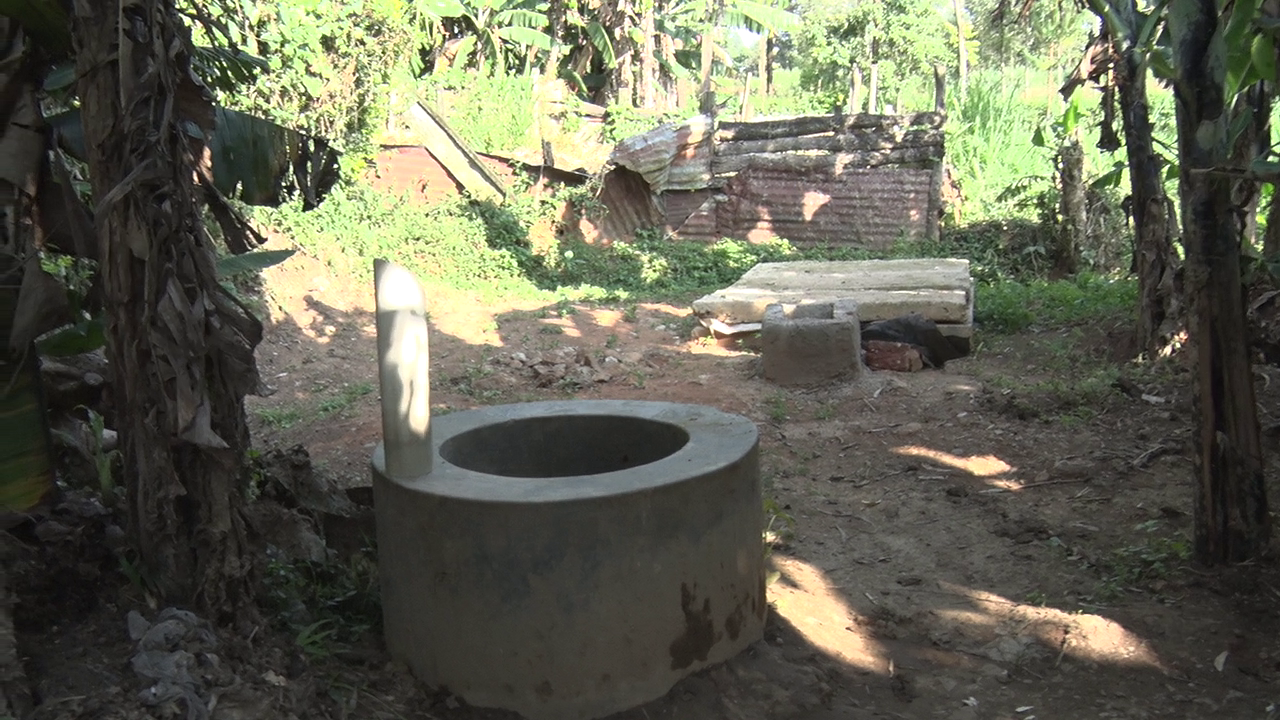 A biogas plant at the home of Patrick Shitekha in Shinyalu, Kakamega
County.
A biogas plant at the home of Patrick Shitekha in Shinyalu, Kakamega
County. BY MOSES WEKESA
Kenya has an estimated 20,000 biogas systems, according to the Ministry of Energy
In Summary

Audio By Vocalize
 A biogas plant at the home of Patrick Shitekha in Shinyalu, Kakamega
County.
A biogas plant at the home of Patrick Shitekha in Shinyalu, Kakamega
County. BY MOSES WEKESA
Be part of an exclusive group of enthusiasts! Get fresh content, expert advice and exciting updates in your inbox with our health newsletter.